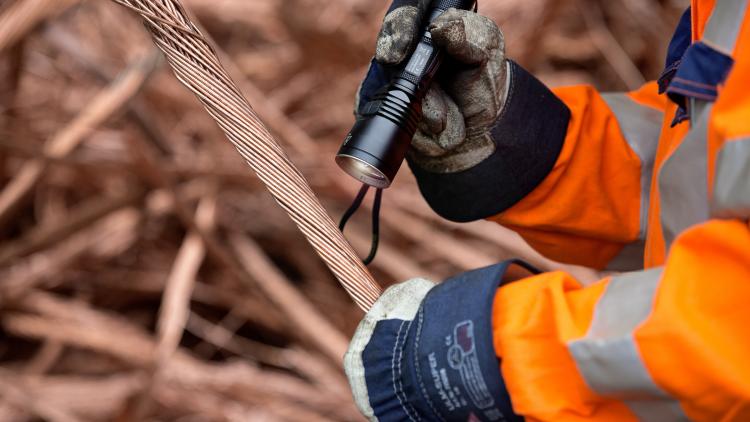The Railway System: Basic concepts and definitions
This course aims to give an initial overview of the concept of rail transport and enable identification of the purpose, components and functions of the railway as a system.

Quick Facts
No prerequisites or pre-knowledge necessary
Description
- Be able to identify the name and function of the main railway network components
- Gain a good understanding of how railways work and how they have evolved over time
- Learn how different components of the railway system interact
Course content
Railway systems entail much more than a train and a track. They are based on advanced technical and operational solutions, and deal with continuously changing demands for more efficient transport for both passengers and freight every day. Each system consists of many components that must be properly integrated to ensure all runs smoothly.
In this online course you will learn how the system components depend on each other to create a reliable, efficient and state-of-the-art network. You will acquire knowledge regarding the analysis, planning, development, design, construction and maintenance of the railway infrastructure to achieve a safe and efficient operation of the same.
- The railway as a system
- Basic components of tracks: sleepers, fastening systems, ballast, platform, switches, Long welded rail (LWR), joints, etc.
- Railway vehicles and their interdependencies: Rolling stock, locomotives, freight cars, passenger cars, self-propelled formations
- Track / Vehicle interaction: shape, gauge, rails inclination and gradation
- Stations, signaling and control systems, monitoring, maintenance
DB Rail Academy focuses solely on offering training courses to larger groups from companies. If you and your company are interested in this course, please contact us via email: db-railacademy@deutschebahn.com so we can plan the next steps with you.